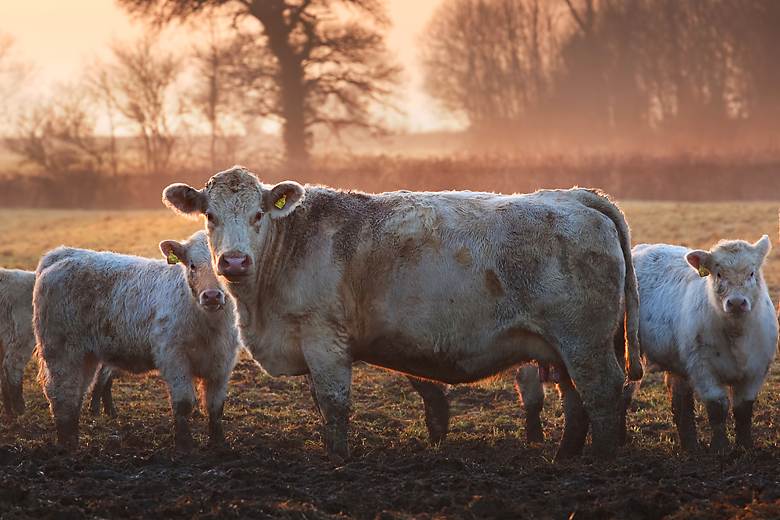Small herd will limit recovery: USDA projection
19/02/2014

“Despite improved returns for cow-calf operators in 2013, low cow inventories will limit recovery from recent drought conditions for several years,” it says. “Lower beef cow inventories and expected heifer retention are expected to lead to declines in beef production through 2016. Production then rises in the remainder of the projection period as returns support continued herd expansion. In contrast, beef cattle prices rise as beef production continues to decline for several years.”
It says beef cow numbers will rise from about 29 million head at the start of 2014 to over 33 million in 2022-23. The total cattle inventory will drop below 88 million head at the start of 2014 before expanding to about 96 million in 2023.
“Per capita beef consumption declines through 2016, before rising moderately over the remainder of the projection period. The near-term decline reflects reductions in beef production over the next several years. As beef production increases in subsequent years, per capita consumption grows.
“Beef cattle prices are projected to fall in 2017 and then to rise more moderately than in the early years of the projections as beef production increases.
“US imports of processing beef increase in the projection period as herd rebuilding and relatively low beef cow slaughter in the United States raise import demand. This import demand will likely be met by increased purchases from Australia, New Zealand and NAFTA countries.”
USDA publishes the projections each year in February. They are developed by interagency committees and “do not represent a USDA forecast, but a conditional, long-run scenario based on specific assumptions about farm policy, weather, the economy and international developments”.
The report has led industry observers to question if there is a shortage of hides as some sellers are insisting. “The short answer is yes, if you are talking about popular selections from the US, Europe and Australia. However, Brazil by itself will easily account for the lack of slaughter in these areas,” said the author of our US-focused market information report this week.











